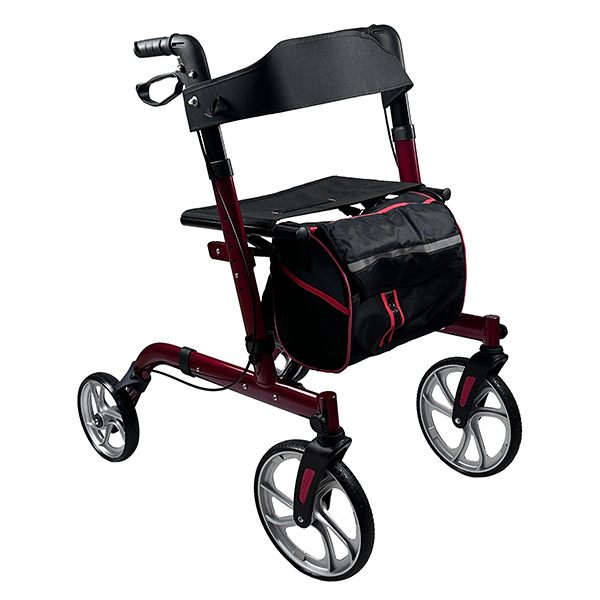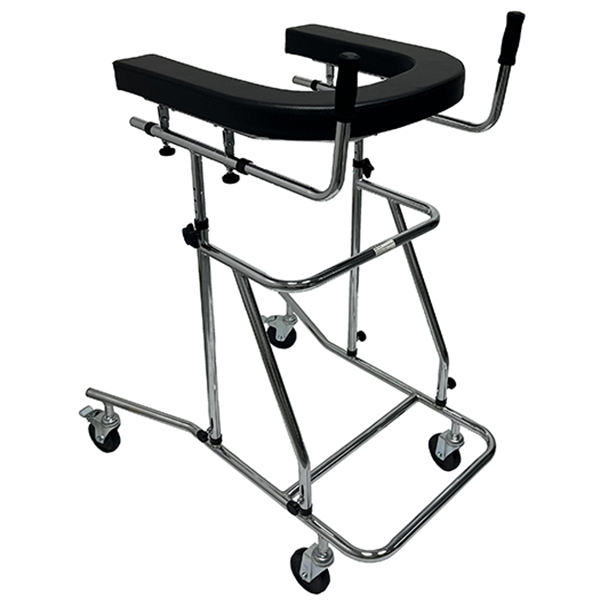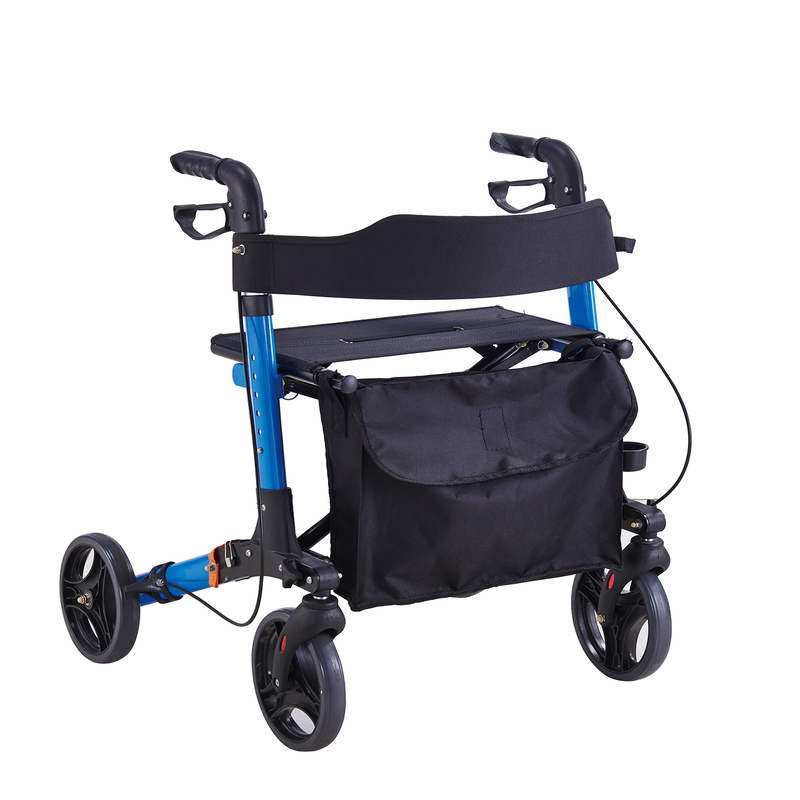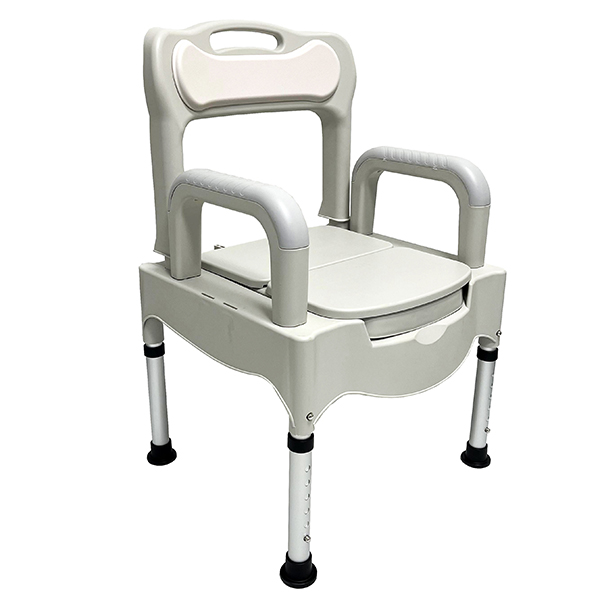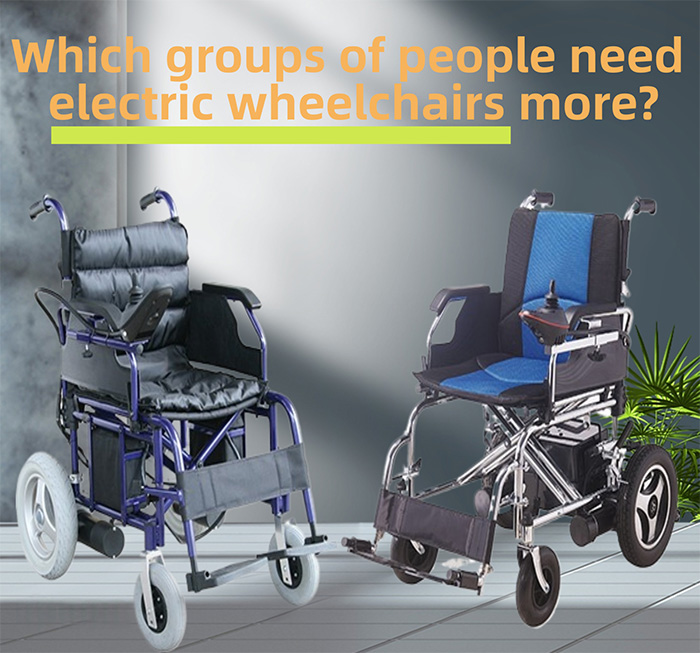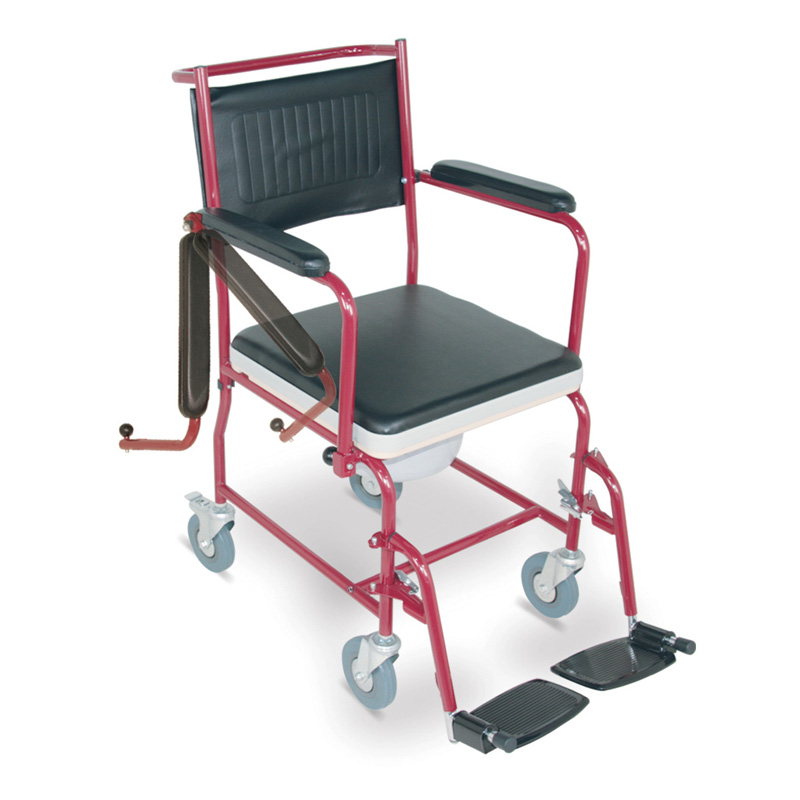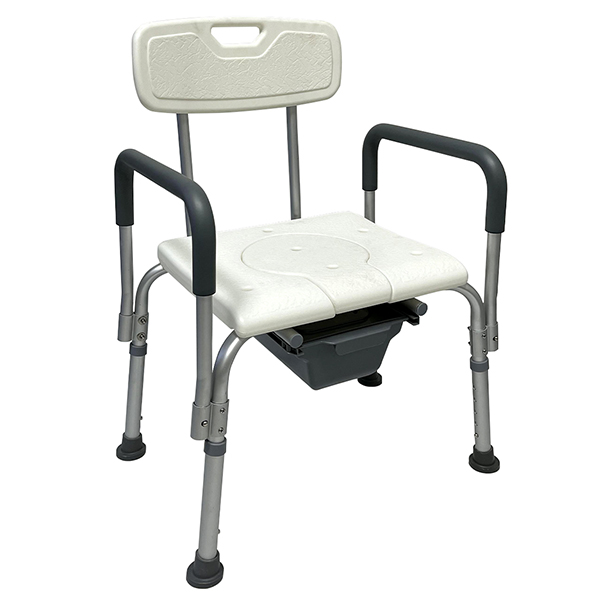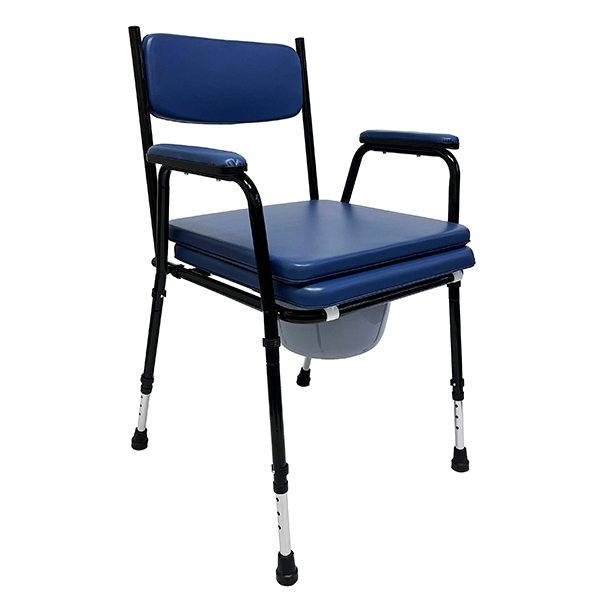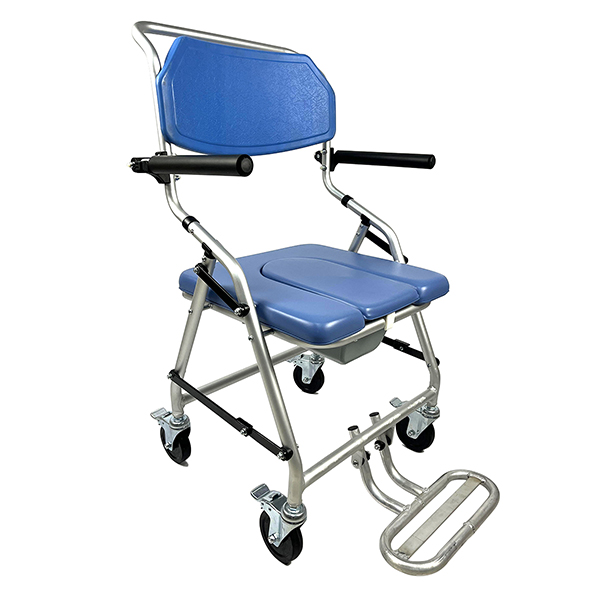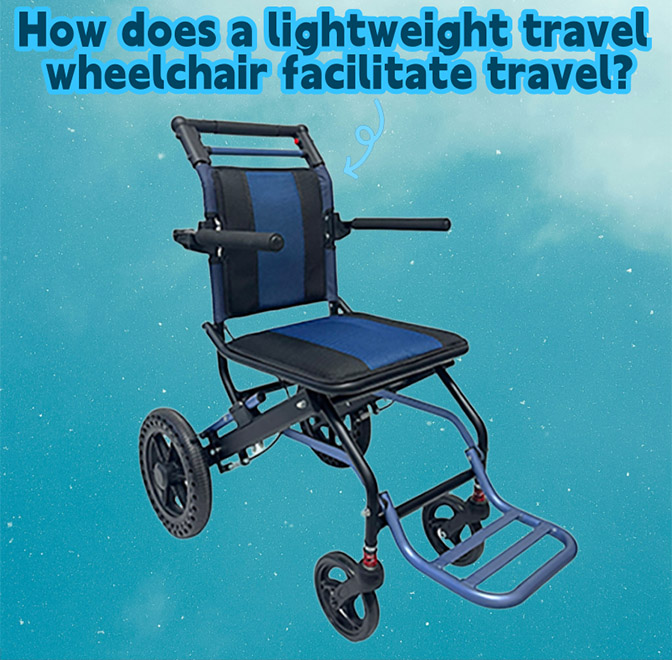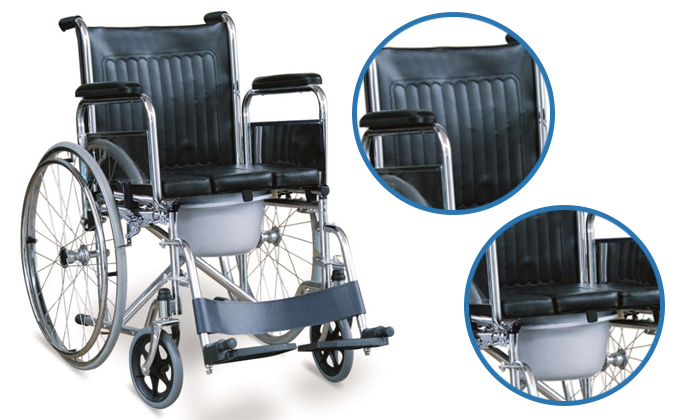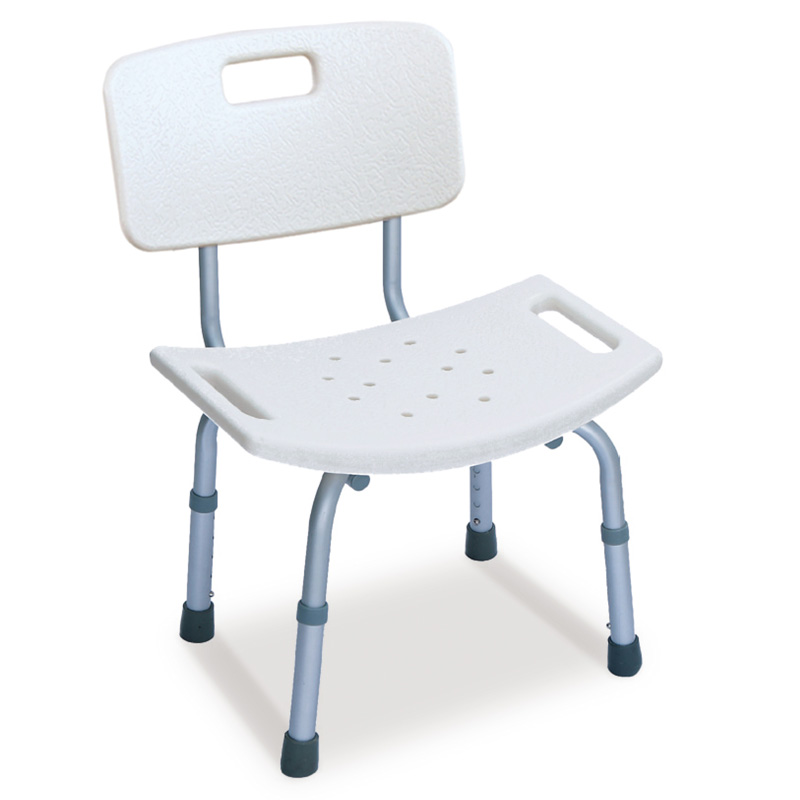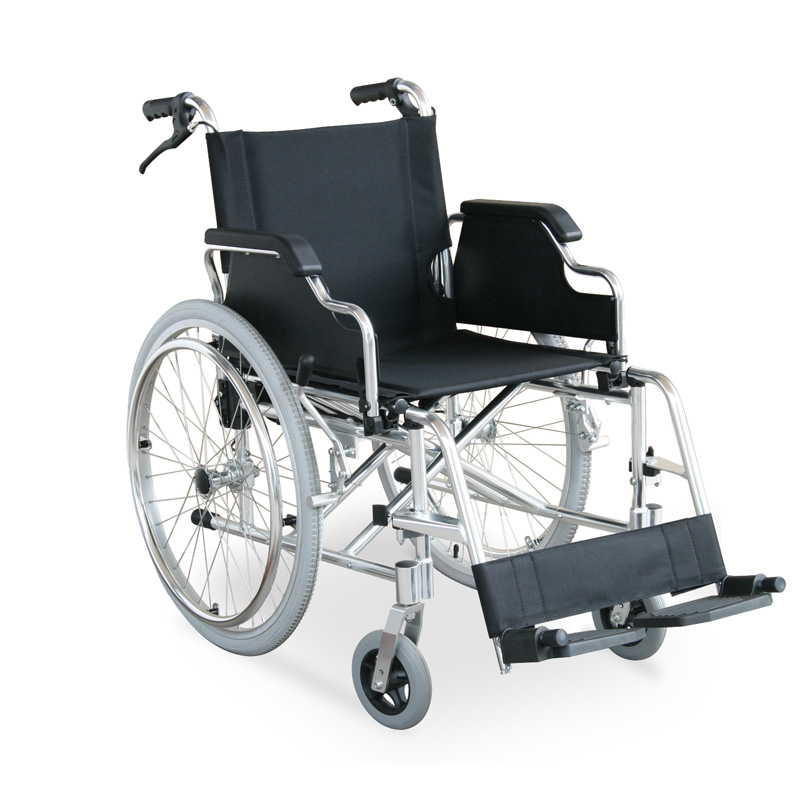Differences and considerations between walkers and upright walkers
Differences and considerations between walkers and upright walker
As we age, mobility issues can become a challenge. Rollator walkers can provide the support and stability needed to maintain independent living and continue to enjoy daily activities. There are many types of rollator walkers, among which rollator walkers and upright walkers are similar but different.
Differences between rollator walkers and upright walker
Rollator walkers are usually simpler walking aids. Rollator walkers generally have four wheels and are relatively low in height. They mainly rely on pushing the rollator walkers forward to assist walking. The design of rollator walkers focuses more on providing certain support and stability to help people with limited mobility maintain balance while walking and relieve some pressure on the legs.
Upright walker usually have a higher frame structure. Upright walker are equipped with height-adjustable handles, and some are equipped with armrest pads for increased comfort, which can help users maintain an upright posture; the bottom is similar to that of common walkers. Upright walker are also equipped with brakes, and some have storage baskets or bags.

Disadvantages of upright walker
Large size, inconvenient to carry: To ensure stability and support, the stand up rollator walker has a large and heavy frame, which is inconvenient to carry and store, and is not convenient to use in narrow spaces. Stand up rollator walker may cause inconvenience when riding in public transportation or entering some narrow places.
There are certain requirements for the user's physical condition: The use of stand up rollator walker requires users to have certain upper limb strength and balance ability. If the user's upper limb strength is too weak, the stand up rollator walker may not be effectively controlled; and people with poor balance ability may be at risk of falling when using stand up rollator walker.
Is upright walker safe?
Stand up rollator walker are designed with safety in mind. The stable frame can provide good support to prevent the stand up rollator walker from tipping over; the brake system can brake the stand up rollator walker in time when needed to avoid accidental sliding.
The safety of stand up rollator walker is not absolute. If used improperly, such as not adjusting the height of the stand up rollator walker correctly, or using it on an unsuitable road surface, it may cause safety problems. An stand up rollator walker can help users maintain an upright posture, assist walking, and reduce the risk of falling.
How to choose an upright walker or a rollator walkers?
Physical condition and needs
.Upright walker: Suitable for people who have a certain ability to stand and walk, but poor balance and endurance, and need to use an upright rollator walker to support an upright posture and assist walking. An upright rollator walker can provide better body support and reduce the burden on the lower limbs.
.Ordinary rollator walkers: Upright rollator walkers suitable for people with weak lower limb strength and inconvenient movement. The requirements for standing balance are relatively low, mainly assisting walking and increasing stability.
Functional characteristics
.Upright walker: An upright rollator walker usually has height-adjustable handrails, hand supports, brake devices, etc., which can help users maintain an upright posture and exercise standing and walking functions.
.Ordinary rollator walkers: The structure is relatively simple, with four wheels, three wheels or two wheels. Four-wheeled rollator walkers have good stability and are suitable for use on relatively flat ground; three-wheeled rollator walkers have flexible steering; two-wheeled rollator walkers require users to have certain control capabilities and are often used for short-distance movement indoors.
Portability
.Upright walkers: Upright rollator walker are large in size and still take up a certain amount of space after folding and storage, making them inconvenient to carry.
.Ordinary rollator walkers: Rollator walkers parts are foldable, easy to store and carry, and convenient for users to use when going out or in different places.

What should I do to prepare for the upright walker?
Preparation before use
.Walker inspection: Carefully check the components of the upright rollator walker, check whether the frame has cracks or deformation, and whether the screws and other connectors are loose; the handle is firm and the rubber cover is intact to avoid slipping; the wheels rotate flexibly and without jamming or damage, and the brakes are sensitive and effective if they are equipped with brakes; if there are auxiliary equipment related to the upright rollator walker, such as fixed belts, etc., they should also be checked to see if they are normal.
.Environmental cleaning: Ensure that the environment where the upright rollator walker is used is dry and flat, without stagnant water, oil stains, obstacles, etc., and the passage is wide and unobstructed, so that the upright walker can pass smoothly.
Correct adjustment
.eight adjustment: Adjust the upright rollator walker so that the handle height is about flush with the wrist mark. At this time, the elbow joint bending angle is about 150 degrees, which is comfortable.
-
Please visit Foldable Upright Rollator Walker With Seat
Sturdy and lightweight, this rollator walker comes with a seat so you can rest whenever you want. The rollator walker can be folded down to a smaller size for easy storage and transport. A storage bag allows you to carry small essentials with you while travelling. Equipped with four wheels for smooth movement, this rollator walker comes with a handbrake for safety.
-
Please visit Adult Heavy Dut Yupright Rollator Walker
This standing walker for adults facilitates hemiplegic movement and lower limb movement and is used in hospital healthcare as a walking rehabilitation training device to help the elderly and patients to walk and to help patients to resume training.
-
Please visit Height Adjustable Shopping Medical Walker Rollator
This 4-wheel walker with seat is lightweight but can support up to 300 pounds. 4-wheel walker with seat easily slides across any smooth surface for ease of mobility and independence. This 4-wheel walker with seat is very easy assemble with no tools necessary. 4-wheel walker with seat's compact design allows for easy storage and transport in and out of vehicles. Includes large storage tote with shoulder strap.
-
![Portable Shower Chair Commode Chair]()
Portable Shower Chair Commode Chair
The portable household toilet chair is very useful. When the elderly have difficulty in moving, placing a bedside commode chair in the bedroom can avoid frequent trips to the bathroom.Patients stay in bed after surgery, and a bedside commode chair can reduce the burden of getting up.
-
![Which groups of people need electric wheelchairs more?]()
Which groups of people need electric wheelchairs more?
For the elderly, aluminum electric wheelchair are effortless to push, making grocery shopping and strolling a breeze. For those undergoing surgery, aluminum electric wheelchair can reduce the load on their lower limbs and aid recovery. For those with lower limb disabilities, steel electric wheelchair allow them to travel independently.The steel electric wheelchair offer numerous conveniences. The steel electric wheelchair play a vital role, helping those with mobility impairments reduce their dependence on others. The portable folding electric wheelchairtruly add confidence and freedom to life.
-
![JIANLIAN HOMECARE PRODUCTS CO., LTD participated in MEDICA Germany 2024]()
JIANLIAN HOMECARE PRODUCTS CO., LTD participated in MEDICA Germany 2024
Jianlian Home Furnishings will attend the MEDICA exhibition held at the Düsseldorf Exhibition Center from November 11 to 14, 2024, booth 16, C54-8. MEDICA is a top medical event with thousands of exhibitors, elites from all walks of life and rich programs. Welcome to visit.
-
![Manual Wheelchair With Toilet Commode For Elderly]()
Manual Wheelchair With Toilet Commode For Elderly
Get the latest price? We will reply as soon as possible (within 12 hours)

